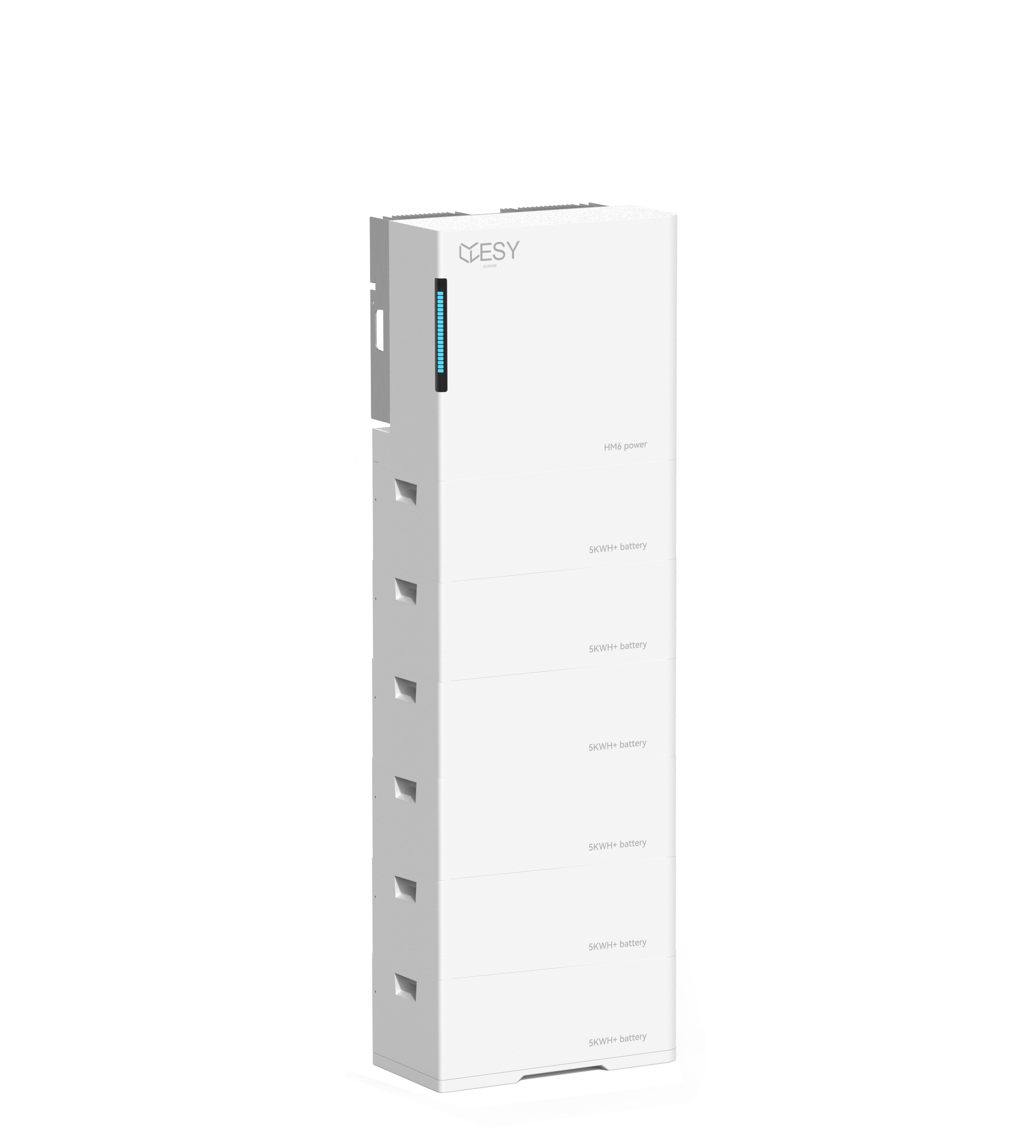
Power Your Home with Reliable Battery Storage
You’ve probably heard about people talking about home batteries in the media lately – but does it make sense for you to invest in these now?
If you are one of the millions of home-owners in Australia who have already installed solar panels, it’s now more affordable than ever add a home battery and maximize the benefits of your solar panels, enabling you to store excess energy for use during peak hours or as a back-up during blackouts.
With a home battery, you get energy independence from ever-rising electricity costs and can avoid buying power at the times when electricity retailers apply costly “time-of-use” and “demand” tariffs. You can also reduce reliance on non-renewable fossil fuels, and as a bonus you get the security of protection from blackouts.
Read on to find out if this is for you.
How Home Batteries Work
These are install-and-forget bar-fridge-sized appliances that are normally situated in a garage, or on the outside of your home, like a gas water heater. They are connected through your fuse box to your home, and solar system.

Your solar system powers your home first during the day, and its excess electricity output will be used to charge the battery, instead of feeding into the grid.
![shutterstock_2224250591-[Converted].png](https://images.contentstack.io/v3/assets/blt7eae2e8ef79b5522/bltc2e29dca8d27e693/6865c45974bed28bd0eb8e40/shutterstock_2224250591-[Converted].png)
For owners of existing solar systems, you can choose a battery that has an inverter to convert the excess AC power from your solar system’s inverter to DC electricity used to charge the Lithium cells inside it. If you will be installing a new solar system, the battery can integrate directly with your solar panel DC cabling, bypassing the need for a separate solar inverter.
The battery will take over from the solar system for powering the home as the solar power goes away with the sun.
You can also specify that the battery can power the home in the event of a blackout. The installer will need to set this up specifically, to ensure that the grid connection cannot receive power from your system during a blackout, in order to prevent shocks to sparkies working on the grid equipment.
![shutterstock_2170235877-[Converted].png](https://images.contentstack.io/v3/assets/blt7eae2e8ef79b5522/blt7e300465ab0b9b75/6865c4d6074b1b664f496192/shutterstock_2170235877-[Converted].png)
This is all managed by a smart power gateway that is part of the battery, or next to your fuse box. This monitors the solar power output, home consumption, battery and grid states, and lets you monitor & manage it via an app.
Why Install a Home Battery?
Reduced electricity bills – By storing excess solar power made during the day (that would normally be exported to the grid and earn you a few cents per Kilowatt), you get to use it in the evening during peak tariff periods when you would otherwise be paying premium prices for power.
Green benefits – most Australian mainland states still use coal and gas to create most of the night-time power generation – a battery will reduce the demand for grid-fed non-renewable power.
Energy self-sufficiency – keeps the lights on and fridge running when the power goes out.
What Size Battery Do I Need?
You can estimate your overnight energy usage requirements by looking at your electricity meter Kilowatt reading before sundown, and then at sunup the next day.
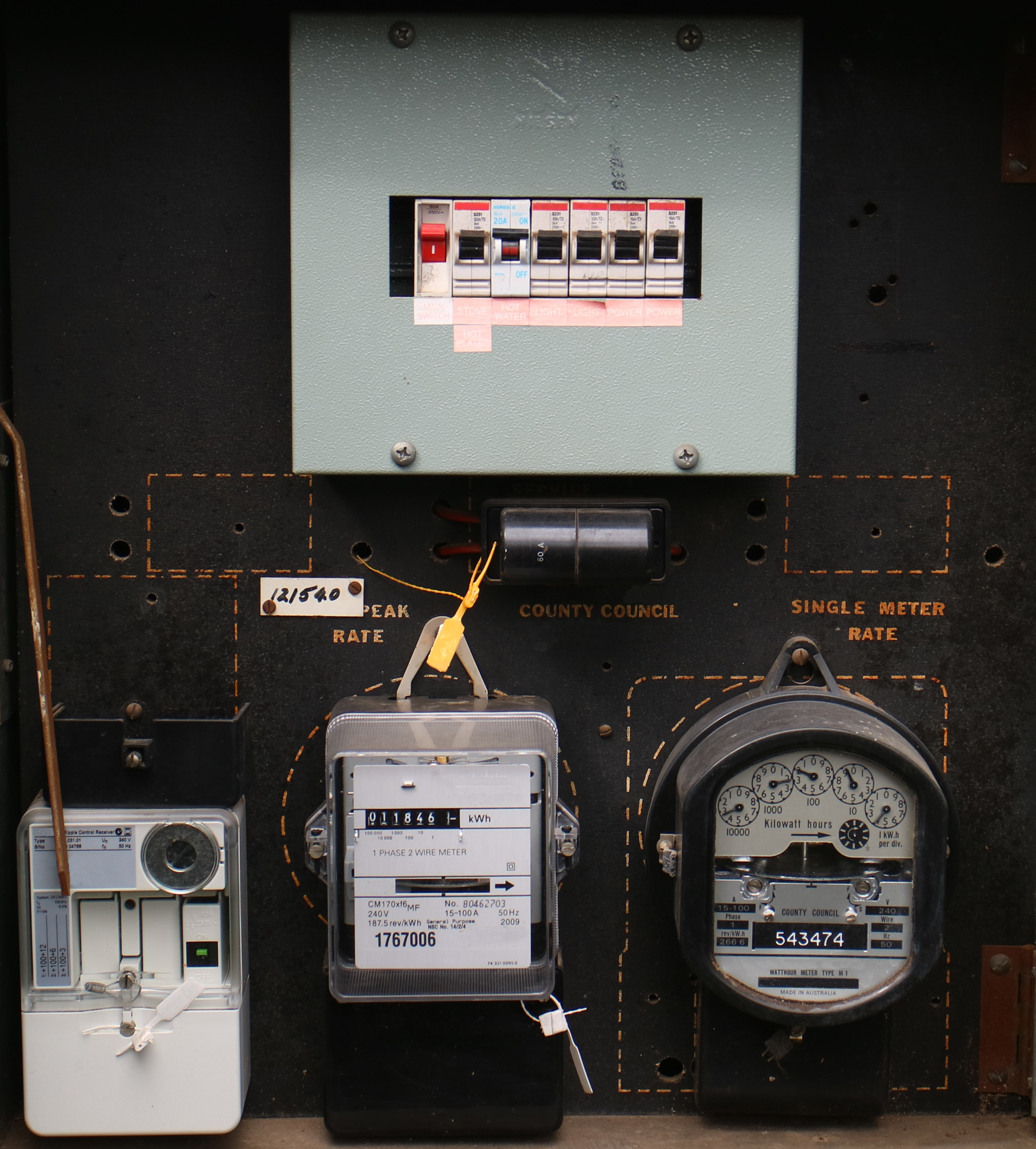
Subtract today’s number from yesterday’s number, and the result will be how many Kilowatt hours your home consumed overnight. Do this for a week to get an average. You can also check your electricity bill to see your average daily usage.
Most homes will use 5-10kw overnight, and most battery systems are made in sizes to suit this.
If you need more energy capacity, to run heaters or aircons overnight, your installer can add more battery modules to increase the installed energy capacity.
Compare Our Products
We have a range of battery systems to pick from below, to suit a wide range of home power demands. With modular stacking, backup power, and a 10-year warranty, there is sure to be a system size that suits both your needs, and your budget.
HM6-10 | HM6-15 | HM6-20 | HM6-25 | HM6-30 | |
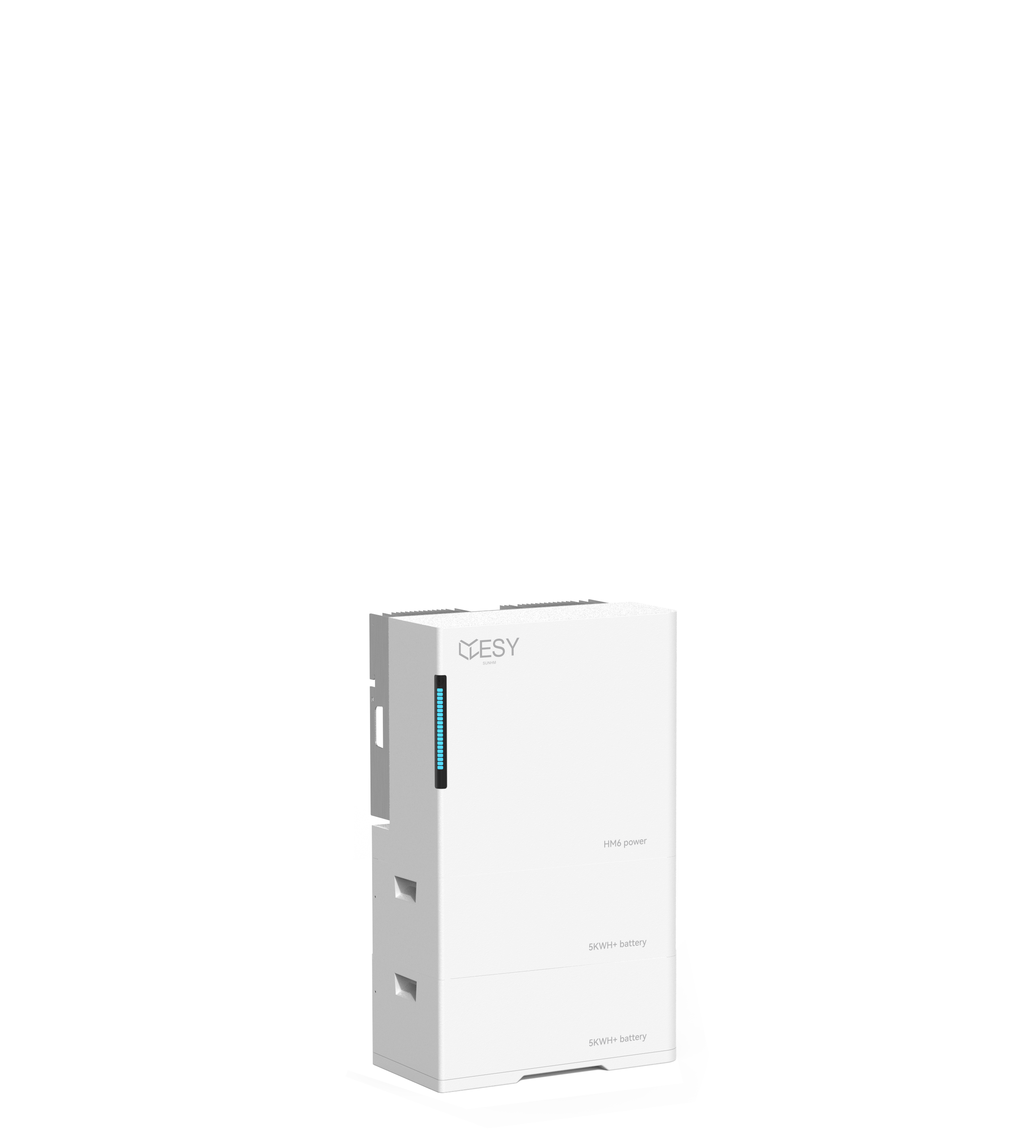 | 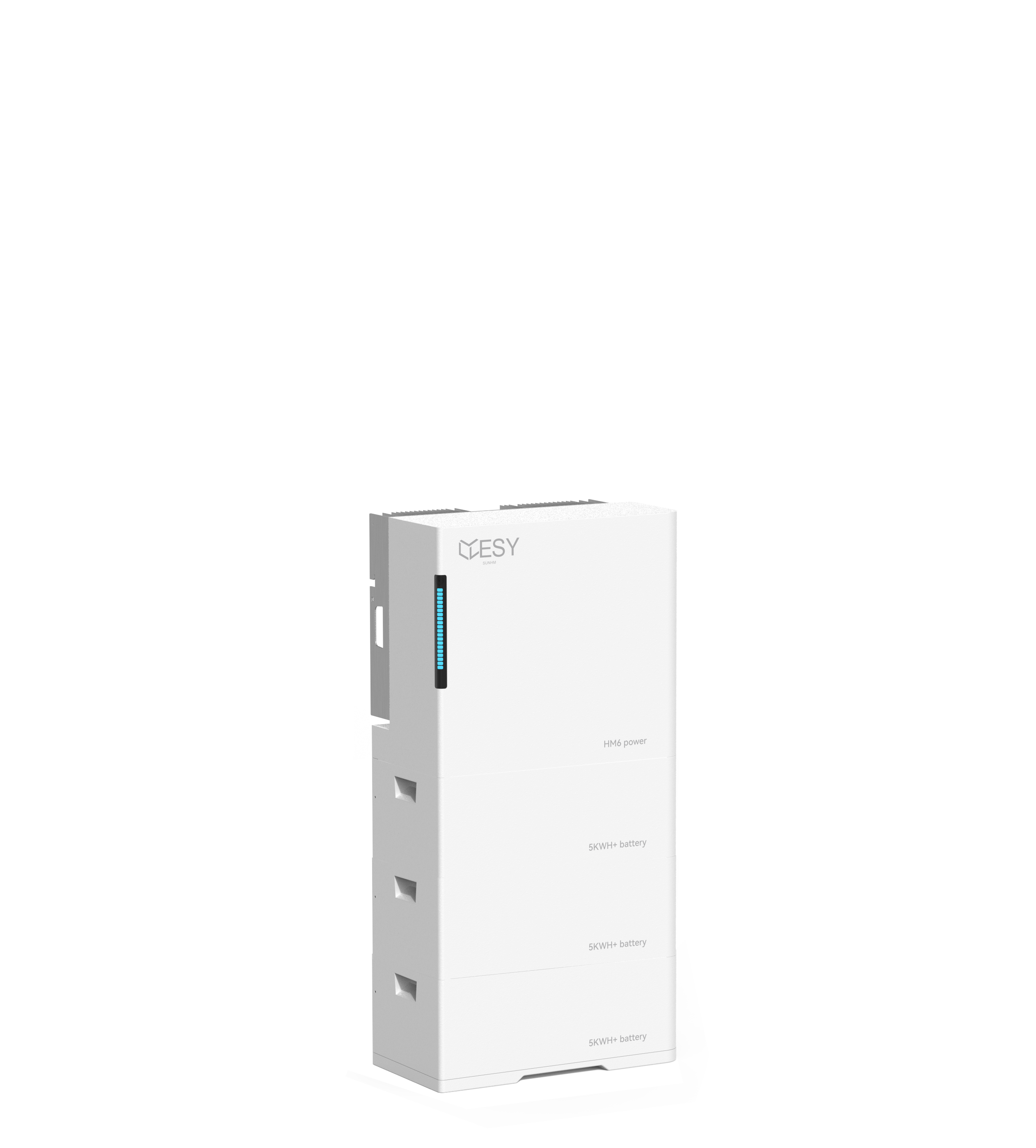 | 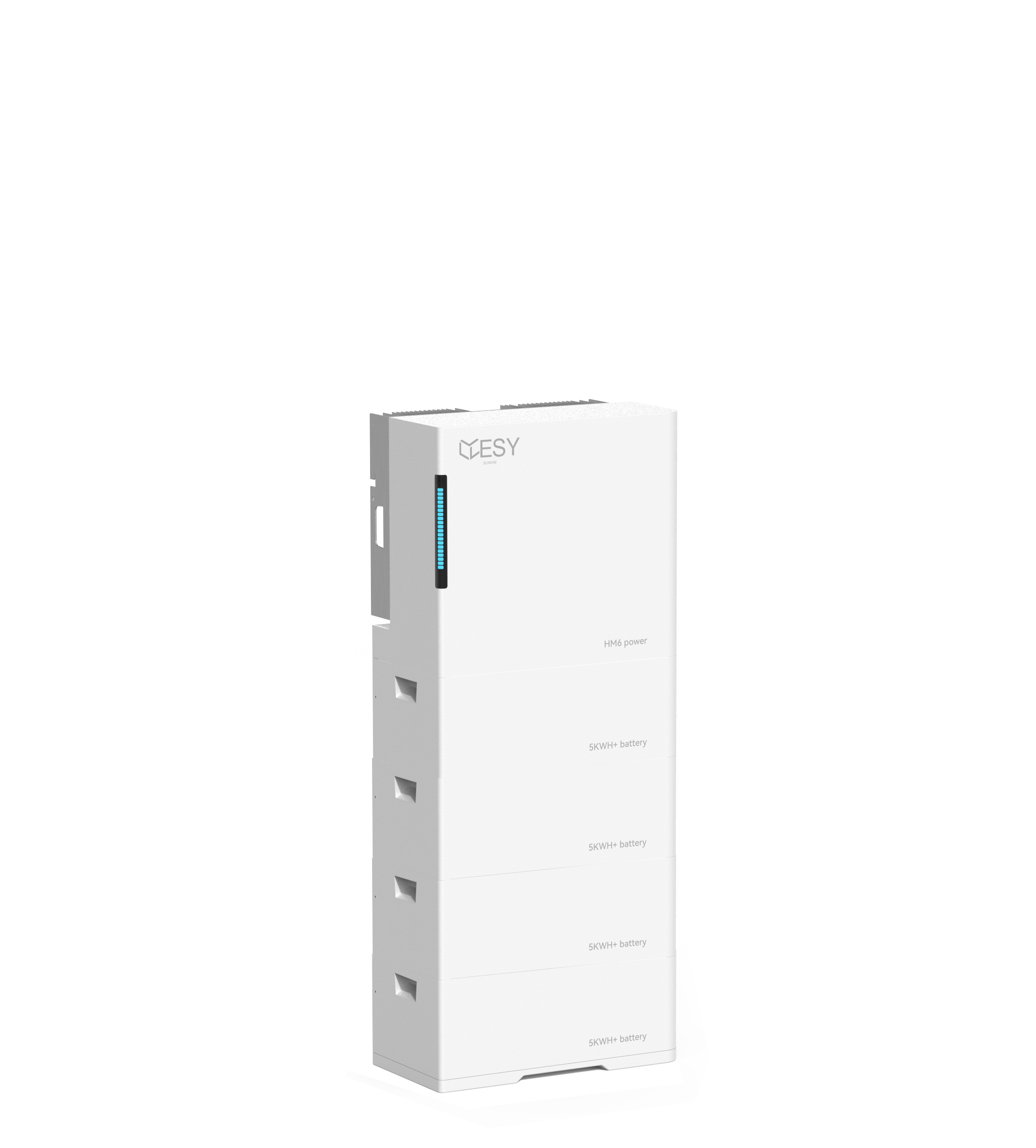 | 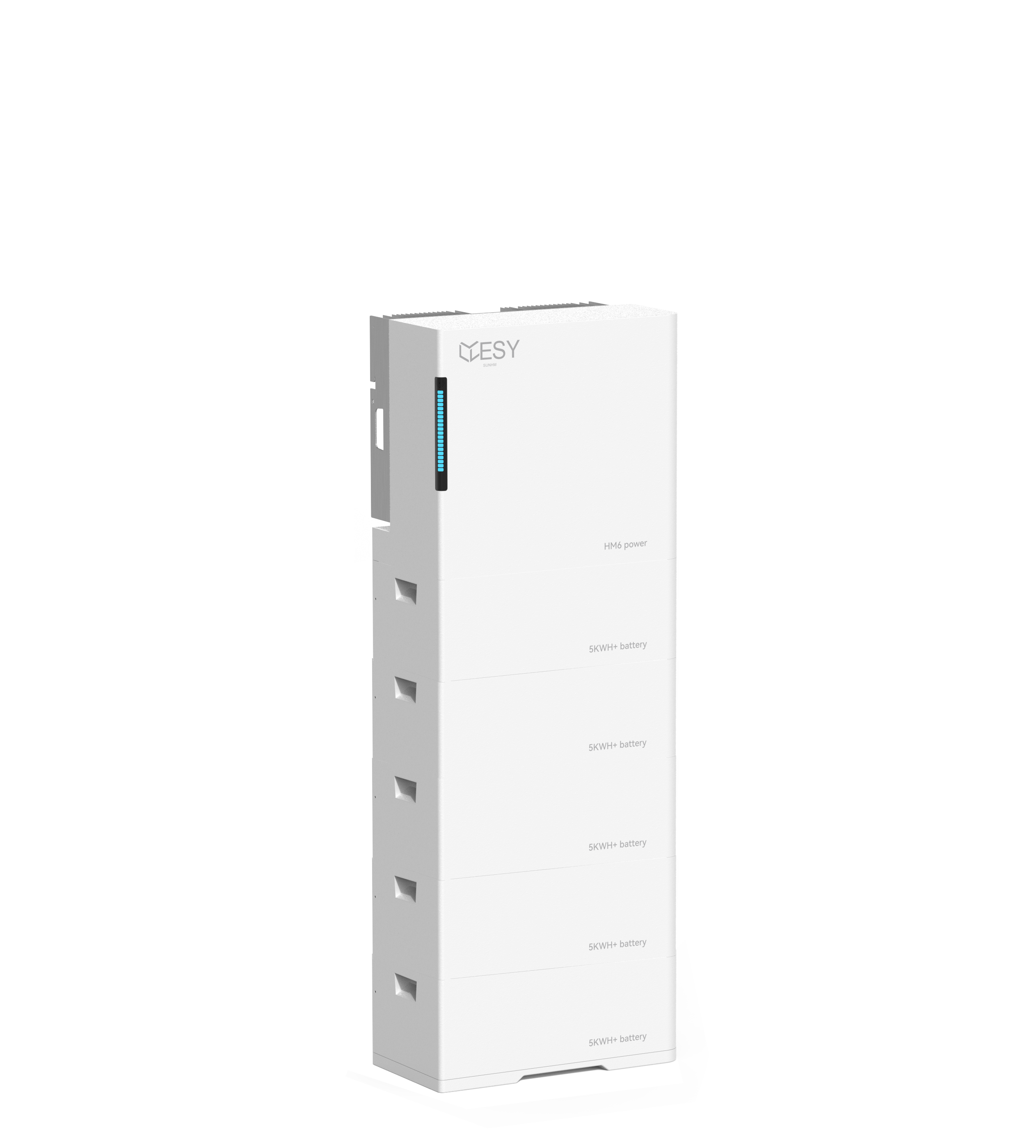 |
| |
Price | $5,490* | $5,990* | $6,490* | $6,990* | $7,490* |
Code | |||||
Battery type | LiFePO4 | LiFePO4 | LiFePO4 | LiFePO4 | LiFePO4 |
Capacity | 10.24kWh | 15.36kWh | 20.48kWh | 25.6kWh | 30kWh |
Size | 600x305x998 | 600x305x1218 | 600x305x1438 | 600x305x1658 | 600x305x1878 |
Weight | 143kg | 193kg | 243kg | 293kg | 343kg |
Specs |
*Prices are estimates and assume eligibility for the maximum available installation rebate. Standard installation costs are included for NSW residences only. Additional charges may apply for non-standard installations, back-up protection, or installations outside of NSW.
Grid-Tied vs Off-Grid Systems
If you already have power connected to your home, you will need a grid-tied system that plays nicely with the grid, using it when needed, and exporting to it when there is excess power.
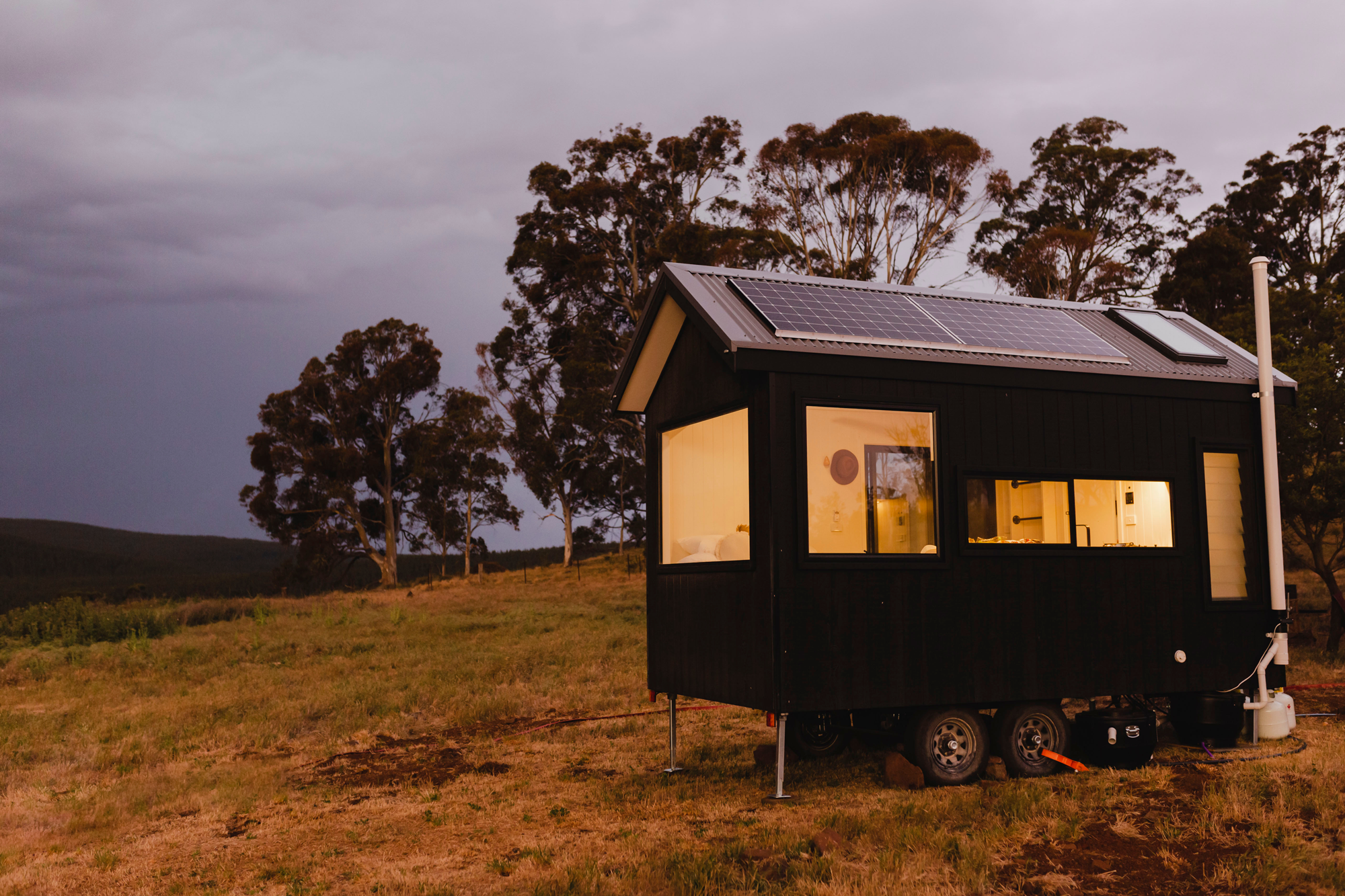
For people without an existing power connection, an off-grid system with batteries and panels can allow you to run completely independently. Consult with an installer who specializes in off-grid for more information.
Installation & Compatibility
Your fuse box will need to have sufficient circuit breakers available to carry the power from the battery and panels.
You’ll need to have a solar panels installed to charge the batteries. Older systems with grid-tied inverters are generally fine to use, as long as they make enough excess power to fill the battery. You may find it worthwhile to replace a paid-off 15-year-old solar system, as newer panels produce a lot more power.
The battery needs a safe place outside habitable areas to be installed in, preferably shaded and near to the fuse box, and if in a garage, it needs to be protected by bollards from being accidentally hit by a vehicle.
Batteries need to be installed by an electrician who has Clean Energy Council (CEC) Accreditation.
Battery Rebates & Incentives in Australia
The Australian Federal government has created a generous rebate scheme starting 1St July 2025 to provide you with a rebate towards the installation cost of a battery system. The installer will normally arrange this rebate for you, to reduce their quoted price to you. This is in addition to any rebates payable separately for solar panel system installations.
![shutterstock_2170272531-[Converted].png](https://images.contentstack.io/v3/assets/blt7eae2e8ef79b5522/blt7f6fdab9b2283e4d/6865cd04209478632f11c34b/shutterstock_2170272531-[Converted].png)
Professional Installation You Can Trust

Professional Installation You Can Trust
Installing your home battery system is easy and stress-free when done by trusted professionals. Jaycar has partnered with Green Spec, an accredited installation provider under the federal government’s rebate scheme. Their licensed experts ensure your battery is installed to the highest standards, meeting all compliance requirements for safety, performance, and eligibility for the rebate.
Contractor license number 291057C, registered under IECC Pty Ltd
To be Eligible for the Federal Rebate, You Must:
•Have solar installed on the premises
•Not have an existing battery installed on the premises
•Be connected to the grid
•Installation must be performed by a certified installer accredited under the small-scale Renewable Energy Scheme (SRES)
•The battery must have a usable capacity between 10 kWh and 30 kWh
•Applicants must be located in Australia.
NOTE - Each eligible property can claim the rebate once.
The incentive is not a direct rebate to customers
It’s provided as an upfront discount to the accredited supplier that installs the battery and then it is passed onto the customer.
Follow the Steps Below and Get Your Quote Today

Upload Your Latest Power Bill

Submit a photo of your meter box (with the door open) and the area where you’d like the battery installed

Tell us your preferred battery size
FAQs
• How much does a home battery cost?
Prices vary from state to state, and can be from as little as $5,490
• Can I install a battery without solar panels?
No. You will need a solar system to charge the battery.
• How long will a 10kWh battery power my home?
This depends on your usage, and how many power-hungry appliances, like heaters or aircons you have. Just powering a fridge and lighting, during a blackout, could give you up to a day’s worth of run time from a 13Kw/hr battery, for example.
• How long does it take to pay-back the battery cost?
3-4 years is the current estimated pay-back time for most Australian states – it varies depending on how much you pay for power, any rebates you can access for VPP participation, and if you have a Time-of-use or Demand tariff. Jaycar has partnered with both ESY and Bluetti to offer best-in-class home battery solutions. Each system includes a 10-year warranty and features advanced battery technology to ensure reliable, long-term performance. By purchasing through Jaycar Services, you also gain the peace of mind that any warranty or installation issues will be handled promptly and professionally by a trusted Australian brand.
Key Safety Features:
ESY Home Batteries
10-Year Warranty – Peace of mind for the long term
Advanced Battery Management System (BMS) – Prevents overcharging, overheating and short-circuits
Weatherproof (IP65 Rated) – Built tough for outdoor conditions
Safe LiFePO₄ Battery Chemistry – Fire-resistant and thermally stable
Australian Safety Compliance – Meets local standards for residential installs
Service Coverage Update
Jaycar Home Batteries currently services New South Wales, Victoria, and Queensland.
We do not provide installation or support in Western Australia (WA), Northern Territory (NT), South Australia (SA), Tasmania (TAS), or Canberra (ACT)
Current Lead Time
Please be advised, due to high demand, that our revised lead time for installations is now 8–10 weeks from the date of order.


